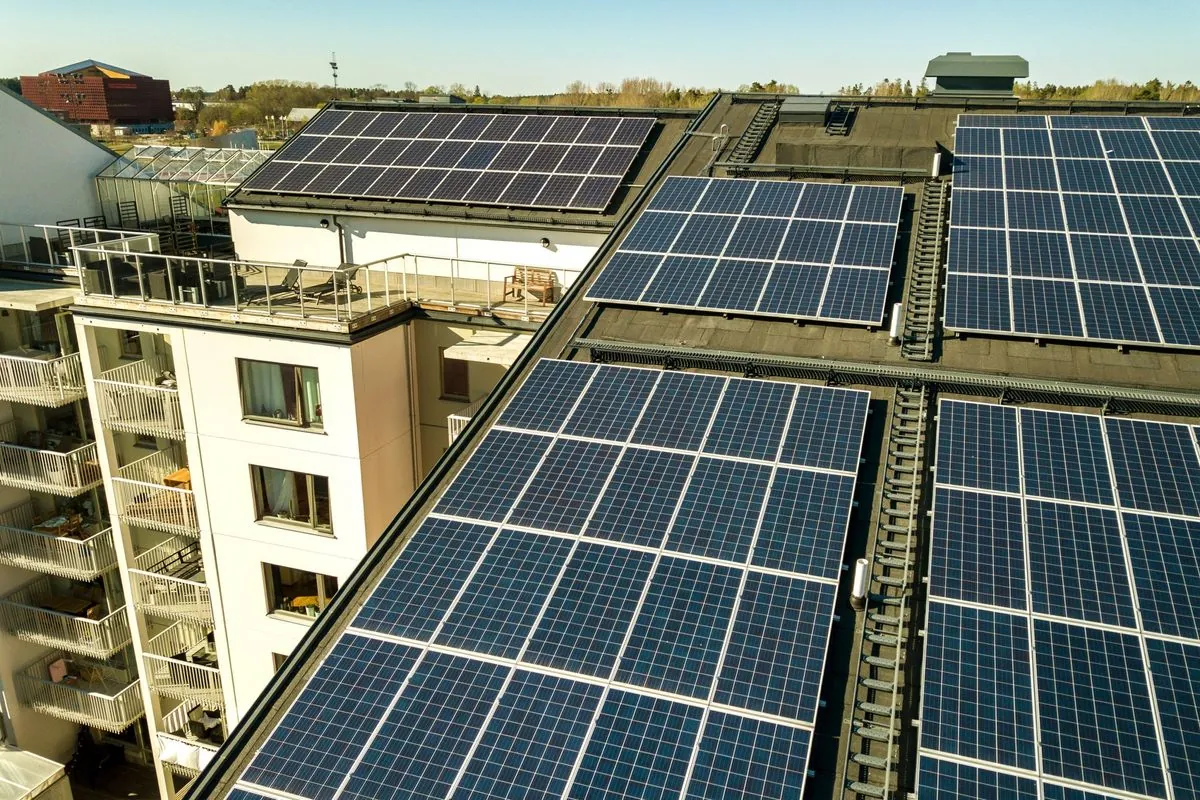Tom Steyer's Galvanize Climate Solutions has announced a significant investment plan aimed at transforming the US commercial real estate sector. The firm intends to allocate $1.85 billion over the next three years to make industrial buildings more environmentally friendly, responding to the increasing corporate demand for net-zero real estate.
This initiative comes at a crucial time, as the commercial real estate sector contributes approximately 20% of the country's total emissions. Despite this significant impact, very few buildings currently meet the energy efficiency standards necessary to align with global warming mitigation goals. The investment by Galvanize seeks to address this gap and create a new asset class of climate-friendly buildings.
Joseph Sumberg, head of Galvanize Real Estate (GRE), emphasized the team's commitment to sustainability. A third of their long-term incentives will be tied to achieving net-zero emissions for each acquired building within three years of ownership. This approach aligns with the growing trend of integrating environmental performance into investment strategies.
The push for greener buildings is not a new concept. The idea of net-zero energy buildings emerged in the 1990s, with the first such commercial building in the US completed in 2000. Since then, various initiatives and certifications have emerged to promote sustainable construction and retrofitting. For instance, the LEED (Leadership in Energy and Environmental Design) certification was introduced in 1998, setting standards for green building design and operation.
Galvanize has already begun implementing its strategy, acquiring two properties: an 84,000 square foot industrial facility in Maryland and a 246,000 square foot site in New Jersey. Plans for these buildings include installing new insulated roofs and adding solar power systems, demonstrating practical steps towards achieving net-zero emissions.
The investment by Galvanize is part of a broader trend in the real estate sector. According to data from PitchBook, investment in companies focused on greening the built environment reached a record high of $3.4 billion in 2023. This surge in funding reflects the growing recognition of the importance of sustainable buildings in addressing climate change.
Steyer, who previously founded hedge fund Farallon Capital Management, has been a vocal advocate for climate action since retiring from the firm. He sees this investment not only as an opportunity for energy efficiency and cost reduction but also as a means to create a new category of net-zero buildings in the United States.
The demand for such buildings is expected to grow as more companies seek to align their operations with climate targets. While there is currently no nationwide mandate for reporting supply-chain emissions in the US, upcoming regulations in California and the European Union are likely to drive demand for energy-efficient buildings over the next few years.
For suppliers to large corporations, occupying a net-zero emissions building could become a competitive advantage, allowing them to demonstrate their commitment to reducing their environmental impact within the supply chain.
As the world moves towards more stringent environmental standards, initiatives like Galvanize's investment in green real estate are likely to play a crucial role in reshaping the commercial property landscape and contributing to broader climate mitigation efforts.
